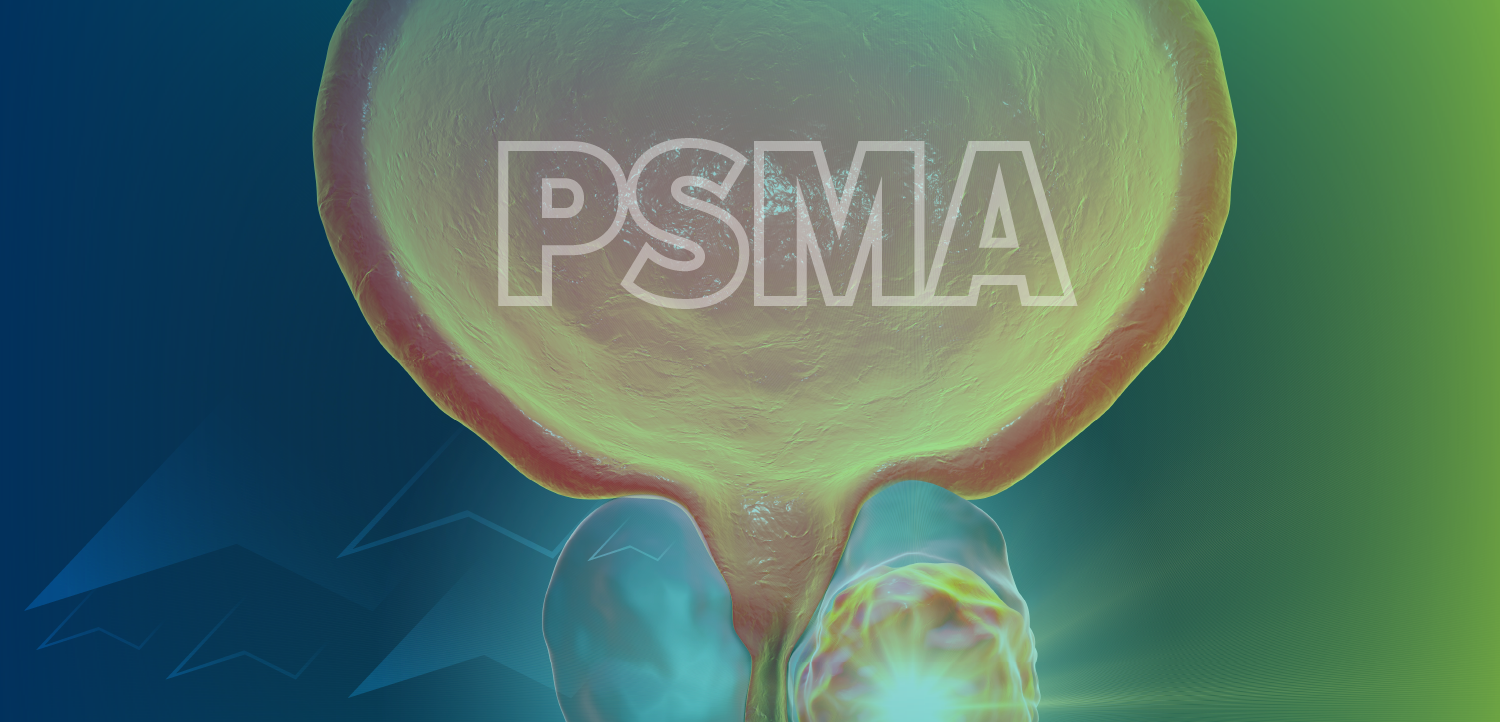
FDA Clears First Plasma-Based Assay to Aid Alzheimer Disease Diagnosis
The diagnostic is designed to help clinicians determine the likelihood of cerebral β-amyloid plaque deposition, one of the neuropathologic hallmarks of AD.
The US Food and Drug Administration (FDA) cleared the Lumipulse G pTau217/β-Amyloid 1-42 Plasma Ratio assay (Fujirebio Diagnostics, Inc) through the 510(k) pathway as a first blood test to aid
The diagnostic is intended for adults aged 55 years and older who present with cognitive impairment and is designed to help clinicians determine the likelihood of cerebral β-amyloid plaque deposition, one of the neuropathologic hallmarks of AD.1
The chemiluminescent immunoassay quantifies plasma concentrations of phosphorylated tau 217 (pTau217) and β-amyloid 1-42, then reports their ratio. Positive or negative results correlate with amyloid positron emission tomographic imaging or cerebrospinal fluid (CSF) biomarker profiles but avoid the radiation exposure of imaging and the invasiveness of lumbar puncture.1
Analytical performance was established in a multicenter study of 499 cognitively impaired adults. The assay demonstrated 91.7% positive percent agreement and 97.3% negative percent agreement when compared with amyloid PET or CSF reference standards; fewer than 20% of specimens yielded indeterminate results.1
“Alzheimer’s disease affects more people than breast and prostate cancer combined,” FDA Commissioner Martin A. Makary, MD, MPH, said.1
“With prevalence expected to double by 2050, innovations such as this test may facilitate earlier intervention.” Michelle Tarver, MD, PhD, director of the FDA Center for Devices and Radiological Health, called the clearance “an important step toward more accessible diagnosis.”1
The assay is labeled for use in specialized care settings as an adjunct to a comprehensive clinical work-up and is not authorized for population screening. The FDA cautioned that false-positive results may prompt unnecessary therapy and psychological distress, whereas false-negative results could delay appropriate treatment.1
Lumipulse G pTau217/β-Amyloid 1-42 Plasma Ratio is considered substantially equivalent to the company’s CSF-based β-amyloid ratio test and received Breakthrough Device designation, which expedites review of devices addressing life-threatening or irreversibly debilitating conditions.1
Approximately 7.2 million US residents aged 65 and older are living with AD in 2025; including an estimated 200 000 younger-onset cases, the total exceeds 7.4 million.1 Without disease-modifying advances, prevalence is projected to reach nearly 13 million by 2050.2 Maria C. Carrillo, PhD, chief science officer of the Alzheimer’s Association, said the FDA action “marks another important step toward timely and accurate diagnosis.”3
Fujirebio Diagnostics plans to make the assay available on its Lumipulse G laboratory platform, already deployed in major US reference laboratories. Clinical laboratories must perform their own validations before offering testing. Financial terms and payer coverage policies have not been announced.4
References
US Food and Drug Administration. FDA clears first blood test used in diagnosing Alzheimer’s disease [news release]. Published May 16, 2025. Accessed May 16, 2025.
https://www.fda.gov/news-events/press-announcements/fda-clears-first-blood-test-used-diagnosing-alzheimers-disease U.S. Food and Drug Administration Alzheimer’s Association. 2025 Alzheimer’s Disease Facts and Figures. Published 2025. Accessed May 16, 2025.
Alzheimer’s Association. Alzheimer’s Association statement on first blood test used in diagnosing Alzheimer’s disease cleared for use by FDA [news release]. Published May 16, 2025. Accessed May 16, 2025.
https://www.alz.org/news/2025/fda-clears-blood-test-alzheimers-diagnosis alz.org Fujirebio Diagnostics, Inc. Fujirebio receives marketing clearance for Lumipulse G pTau 217/β-Amyloid 1-42 plasma ratio in-vitro diagnostic test as an aid to identify patients with amyloid pathology associated with Alzheimer’s disease [news release]. Published May 16, 2025. Accessed May 16, 2025.
https://www.fujirebio.com/en-us/news-events/fujirebio-receives-marketing-clearance-for-lumipulser-g-ptau-217bamyloid-142-plasma Fujirebio
Newsletter
Enhance your clinical practice with the Patient Care newsletter, offering the latest evidence-based guidelines, diagnostic insights, and treatment strategies for primary care physicians.



























































































































































































































































































